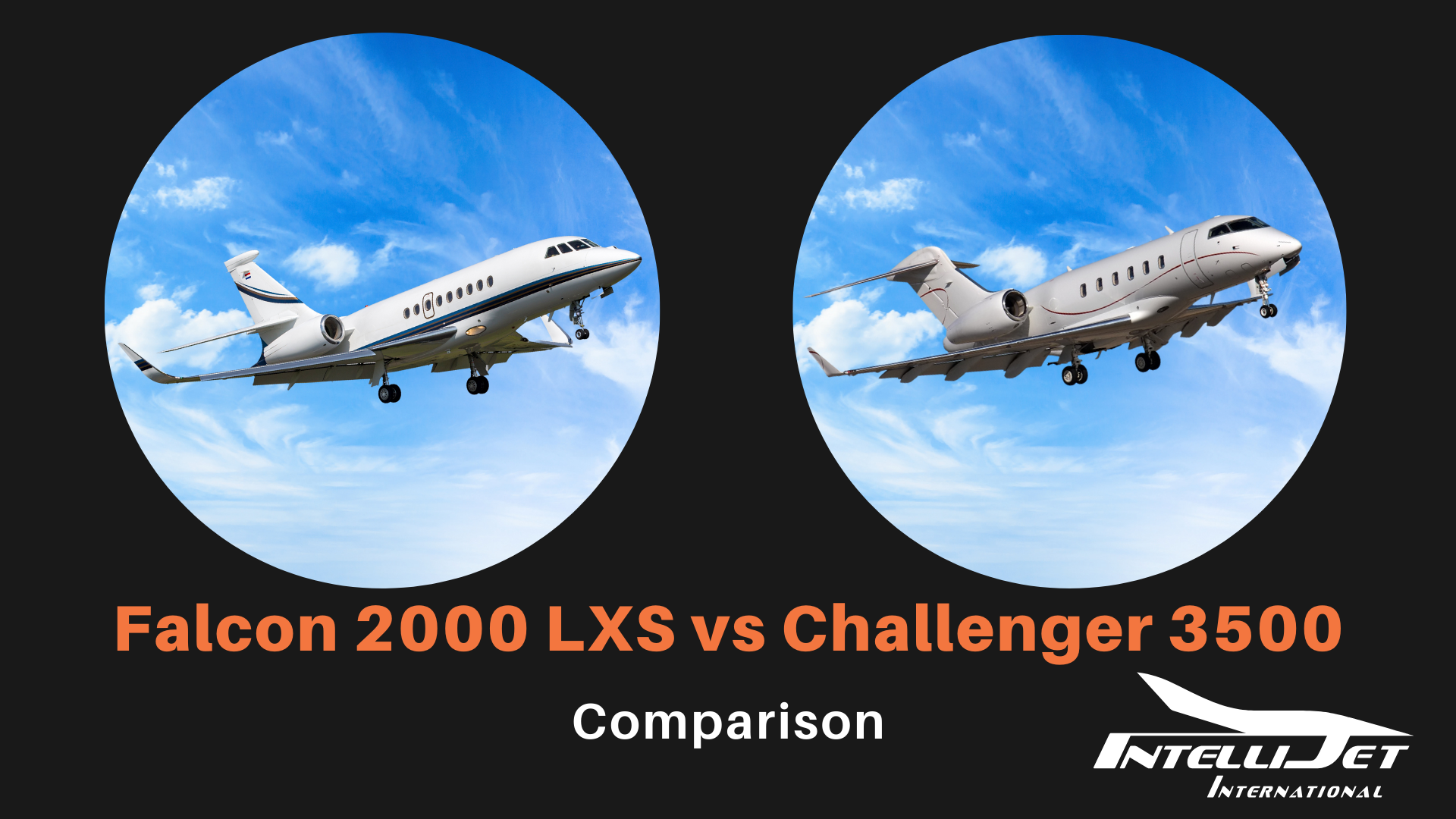
In the dynamic sphere of business aviation, the Cessna Citation XLS+ and the Embraer Phenom 300 stand out as paragons of efficiency, luxury, and performance. These jets, while not the largest or the fastest, redefine mid-size and light jet travel, offering a harmonious blend of comfort and utility. Despite their differences in class, both the Cessna Citation XLS+ and Embraer Phenom 300 are celebrated for their robust capabilities and sophisticated design. Let’s explore the distinctive features and attributes that set these aircraft apart in the competitive skies.
The Cessna Citation XLS+ and Embraer Phenom 300 are powerhouses in their respective categories, delivering exceptional performance metrics that cater to a broad range of business and leisure travel needs. The Cessna Citation XLS+ is renowned for its versatile performance, boasting a cruising speed of up to 441 knots and a range of 1,858 nautical miles, making it an ideal choice for medium-range flights with superior comfort and efficiency.
On the flip side, the Embraer Phenom 300 impresses with its agility and speed, achieving a top cruising speed of 453 knots and a maximum range of 1,971 nautical miles. While slightly outpaced in range by the Citation XLS+, the Phenom 300 excels in rapid, shorter trips, providing an optimal balance between speed and operational cost.
Enter the cabin of either jet and the pinnacle of private aviation luxury unfolds before your eyes. The Cessna Citation XLS+ features a spacious and elegantly appointed interior, capable of accommodating up to nine passengers in a tranquil, comfortable setting. Its cabin is designed to maximize headroom and legroom, ensuring a relaxing journey even on the longest flights.
Conversely, the Embraer Phenom 300 offers a refined and contemporary cabin experience, designed to accommodate up to seven to nine passengers. Highlighted by its stylish design and ergonomic seating, the Phenom 300’s interior is tailored for relaxation and productivity, equipped with state-of-the-art entertainment systems and ample natural light.
Both jets incorporate the latest in aviation technology to ensure passenger safety, pilot assistance, and overall flight efficiency. The Cessna Citation XLS+ is outfitted with the advanced Rockwell Collins Pro Line 21 avionics suite, providing comprehensive flight instrumentation, navigation, and communication systems that enhance operational safety and ease.
In comparison, the Embraer Phenom 300 is equipped with the cutting-edge Garmin G3000 avionics suite, offering intuitive touch-screen controls, high-resolution displays, and integrated flight systems. This modern cockpit elevates the flying experience, ensuring seamless operations and heightened situational awareness.
In terms of operational efficiency, both aircraft offer compelling advantages. The Cessna Citation XLS+ is acclaimed for its cost-effective operation, boasting lower fuel consumption and maintenance costs than many jets in its class. This efficiency makes it a preferred choice for companies and individuals seeking to maximize their investment in private aviation.
Meanwhile, the Embraer Phenom 300 stands out for its fuel efficiency and reduced carbon footprint, aligning with modern environmental standards. Its aerodynamic design and advanced engine technology contribute to its reputation as one of the most economical light jets on the market.
In the final analysis, the Cessna Citation XLS+ and Embraer Phenom 300 each present a compelling case for those seeking to travel in style, comfort, and efficiency. The Citation XLS+ is the quintessential choice for passengers valuing space, comfort, and cost-efficiency on medium-range flights. On the other hand, the Embraer Phenom 300 is ideal for those prioritizing speed, modern luxury, and environmental sustainability in their short to medium-range travels.
Ultimately, the decision between these two exceptional jets will depend on personal preferences and specific travel requirements. Regardless of the choice, both the Cessna Citation XLS+ and the Embraer Phenom 300 stand as testaments to the innovation and excellence in today’s private jet market, promising an unparalleled travel experience.
In the world of luxury private jets, two giants stand tall: the Gulfstream G550 and the Bombardier Global 6000. These aircraft represent the pinnacle of aviation engineering, offering opulent interiors, exceptional performance, and global reach. Despite being considered “legacy” aircraft, both the Gulfstream G550 and Bombardier Global 6000 continue to dominate the skies with their unparalleled capabilities. Let’s delve into a comparison of these timeless classics.